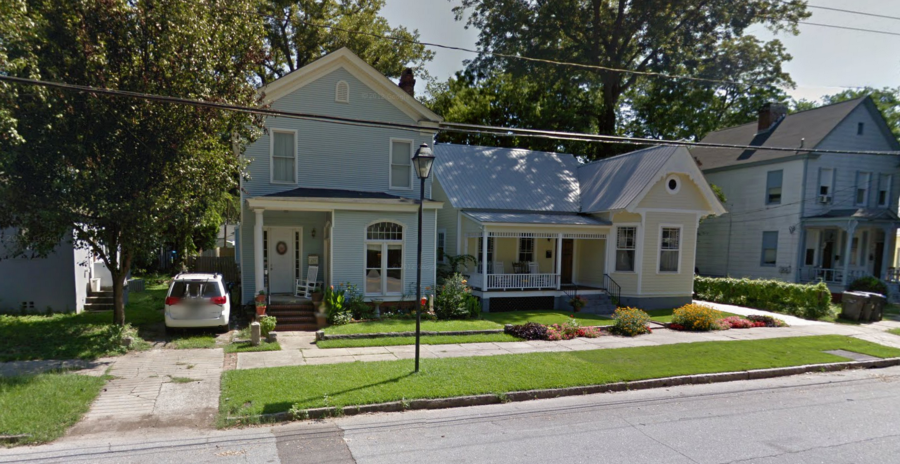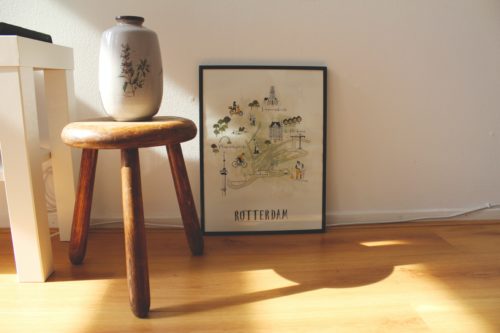My wife and I were in our early twenties when we bought our first house. The previous owner was renovating the 1898 Victorian to become apartments when he ran out of cash and was forced to sell. The beauty and character of the house had been largely plastered over — vinyl siding covered original clapboards, cheap Berber carpet hid the hardwood floors, and a plain sheetrock wall masked the fireplace, mantle, and hearth. She was an ugly duckling, but she embodied all of our youthful hopes and dreams, and the unusually warm October day when we picked up our keys was exhilarating.
But as that warm October weather yielded to autumn, our idealism gave way to panic. As the temperatures fell, our natural gas bill soared. The budget we put together before we decided to buy the house fell apart as our heating bill grew to more than $500 in a single month.
At first, we suspected a gas leak or a meter problem, but the gas man investigated and found no problems with the meter. He climbed into the attic to check out the furnace.
“I found your problem,” he said, as he scaled the ladder back down. The look on his face told me that my house was a spark away from becoming embers and splinters.
“There’s not a lick of insulation in your attic. It’s bare joists and gypsum. All your heat is going straight out your ceiling.”
Relief that the house wasn’t about to explode lasted about 3.2 seconds before I was tearing my desk apart looking for my home inspector’s business card. In the end, I found out how important it is to find a reputable home inspector, because I had no recourse, and he had my money.
Our budget was already strapped, and we knew getting the attic insulated would be expensive, so we pulled a classic head-in-the-sand maneuver. We ignored the problem until winter gave way to spring. Then one year turned to two. And all that time, we paid the exorbitant heating and cooling bills.
As our family grew, the house fit us less and less, and we eventually put it on the market. The buyers, of course, required us to insulate the attic as a condition of the sale. My listing agent sensed my impending shell shock and offered to get quotes for the work on our behalf.
When his email came in telling me that it would cost $900 to insulate the attic, I assumed he’d missed a zero, that we couldn’t afford to have the house insulated, and that the deal would fall through. But he hadn’t made a mistake. It cost $900 to insulate the attic.
By the time we moved out, we’d spent upwards of $8,600 to heat and cool a house we assumed we couldn’t afford to insulate.
I was reminded of the lesson of my first home when I read Learned Helplessness in Organizations by Ron Ashkenas. Even healthy organizations hold limiting beliefs, and those beliefs deeply damage the effectiveness of the organization.
Since we sold that 1898 Victorian, my wife and I have made a habit of always getting a quote for work we want or need to do on the house. We’ve learned that some things are more obtainable than we assume, and other things really are out of our reach.
I try to hold that same mentality in my work life. Whenever I hear people at work say we can’t change a policy, or that a feature is too big for us to build, or that we don’t have time to do thorough user research, I insist that we investigate the options well enough to know the approximate cost.
It might take a little time to gather data. You might feel like you have pressing priorities that prevent you from investigating. But trust my bruised ego and me on this: you don’t want to pay $8,600 to save $900.







